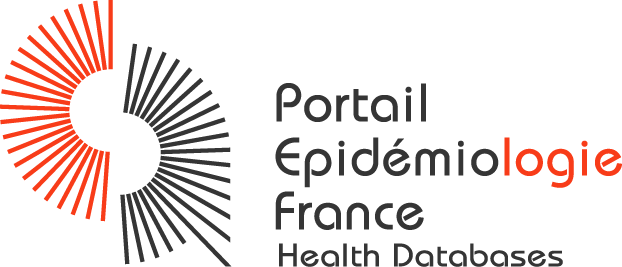 ITMO public health
ITMO public health

This page gives you access to all the studies carried out by French researchers, identified on Covid-19.
To view other resources related to Covid-19, click here.
Covid-19 : 84 forms
Sorting of results :
NutriCoviD30 - Food intake and weight loss in the course of COVID-19 infection. A longitudinal study of the multicenter NutriCoviD30 cohort
Head : Marie-France Vaillant, Nutrition
31
Last update : 01/13/2021
VIGIL - Use of PCR-SARS-CoV-2 in Children (VIGIL)
Head : JUNG Camille
32
Last update : 05/05/2021
ComCor - Study of sociodemographic factors, behaviours and practices associated with SARS-CoV-2 infection (ComCor)
Head : Fontanet Arnaud, Emerging Diseases Epidemiology Unit
33
Last update : 05/07/2021
COVIPACT - Impact of the COVID-19 epidemic on patient management in the oncology-haematology setting, and on psychological repercussions among patients and caregivers
Head : FAVEYRIAL Audrey
34
Last update : 04/30/2021
SAPRIS-SERO - HEALTH, PERCEPTION, PRACTICES, AND SOCIAL RELATIONS AND INEQUALITIES AMONG THE GENERAL POPULATION DURING THE COVID-19 CRISIS SEROLOGY (SAPRIS-SERO).
Head :
CARRAT Fabrice, IPLESP - U1136
ZINS Marie, UMS 11
SEVERI Gianluca, CESP UMR U1018
CHARLES Marie-Aline, UMS Ined Inserm Elfe
ANCEL Pierre-Yves, CRESS UR1153
TOUVIER Mathilde, CRESS-EREN UMR U1153 Inserm
35
Last update : 06/20/2025
LearninCov - Learning in pandemic times: Anxiety, cognitive capacities and decision-making of university students
Head :
Timothée Demont, Aix-Marseille School of Economics
Eva Raiber, Aix-Marseille School of Economics
36
Last update : 01/15/2021
Partners - FAQ - Contact - Site map - Legal notices - Administration - Updated on December 15 2020 - Version 4.10.05